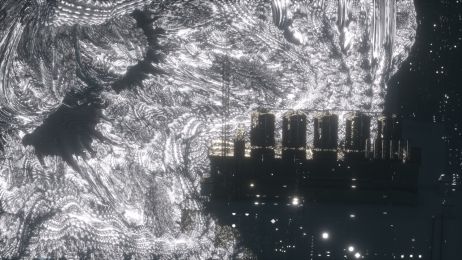En immersion aux GOBELINS, avec les futurs acteurs du numérique
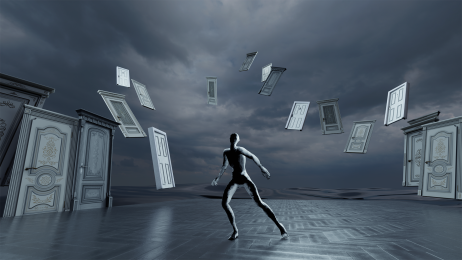


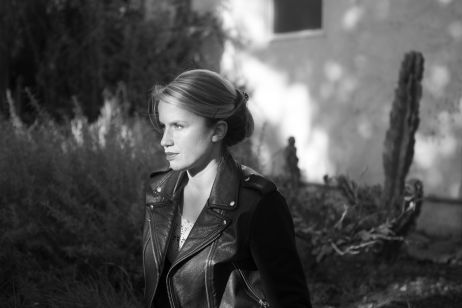
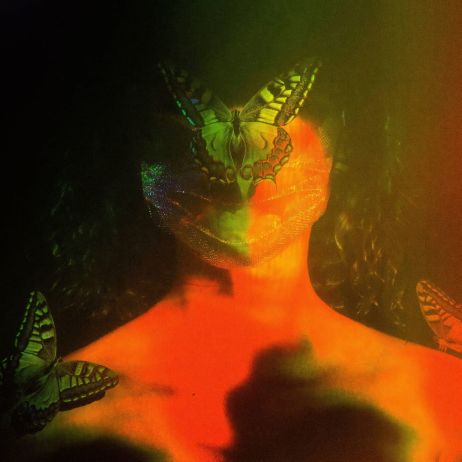
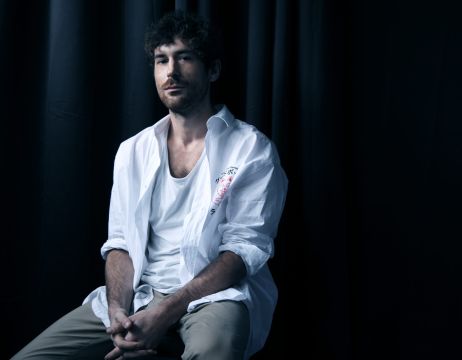
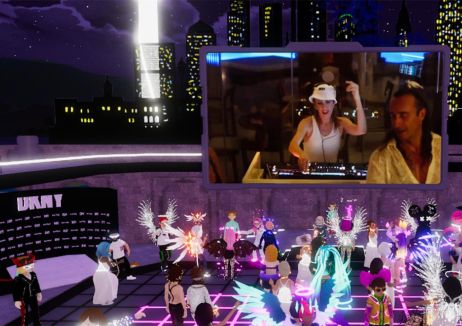
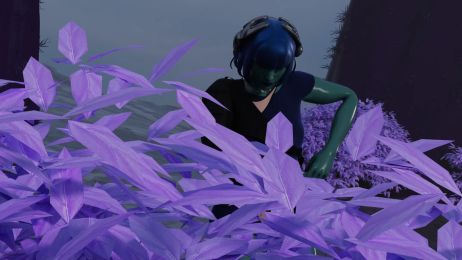


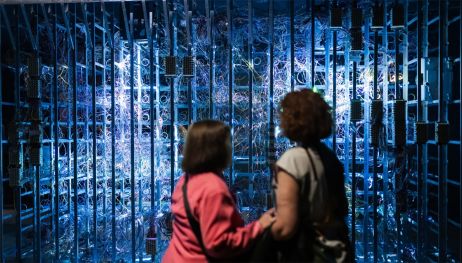
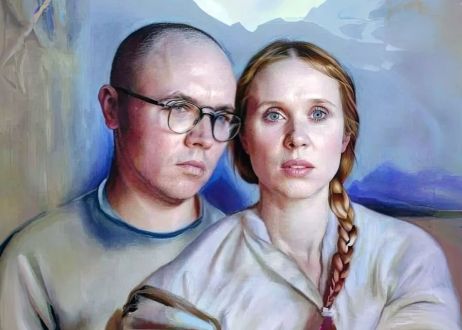



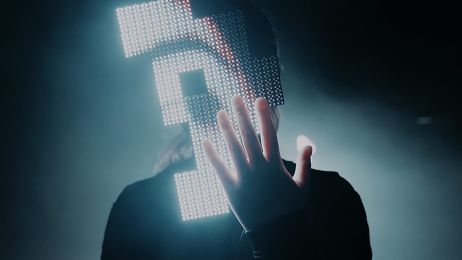
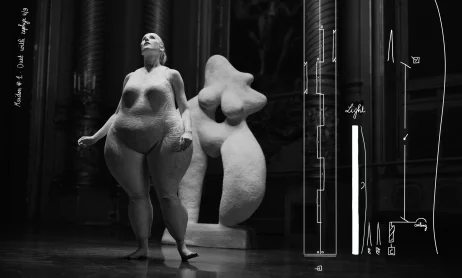
Carbon Technostructure is an interactive installation that materialises the often invisible environmental impact of digital infrastructures. By employing real-time data analysis and physical visualisation techniques, the project bridges the gap between the intangible nature of digital services and their tangible carbon footprint.
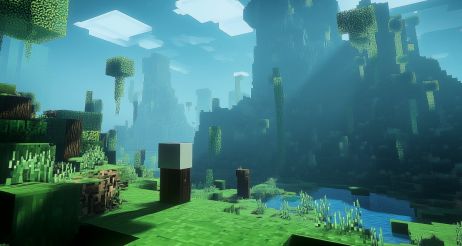
Alternative Clock is a research project that examines “clock time” as a form of data, exploring how it governs lives and shapes the built environment, and a prototype of clocks that operate using diverse data inputs, offering new ways to experience and interact with time.
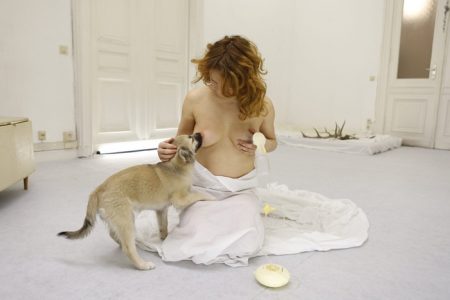
In this episode, Maja talks about her research into human/dog/wolf co-evolution; the possibility to create a hybrid of the human and the dog species; her experiments with biologically manipulating her own body so that she could breast feed a puppy; taboos around the female body and more
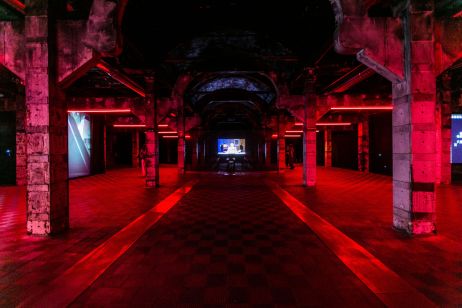

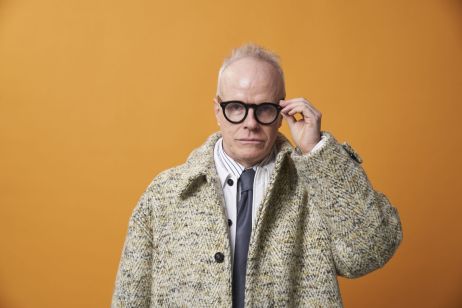
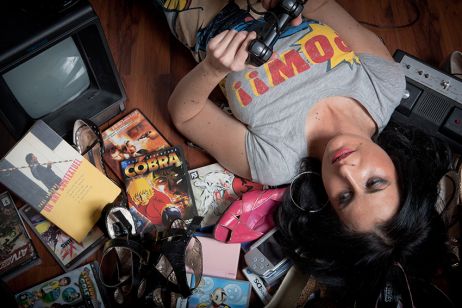


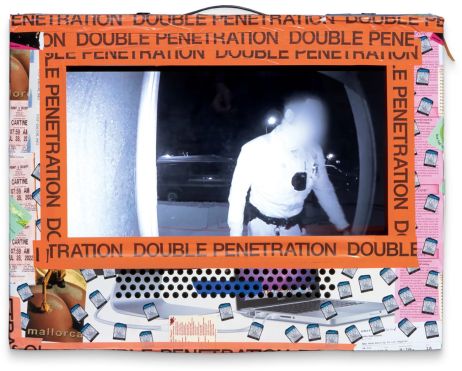
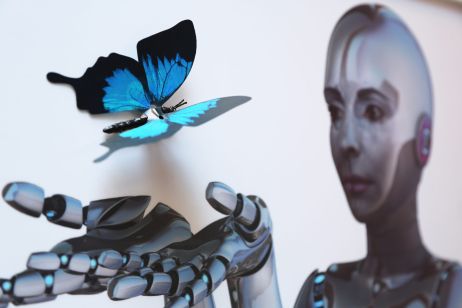
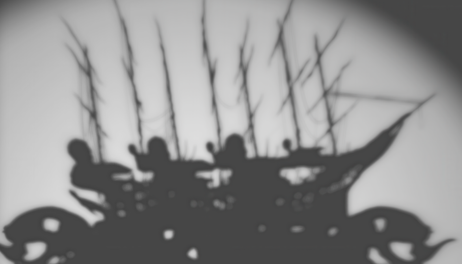

Do Antennas Dream of Electric Skies? is a poster featuring a selection of GAN-generated images that depict post-industrial dystopian landscapes, each dominated by a central antenna-like structure. The training dataset comprised images of friendly blue-skied environments with an standard TV antenna at their center, which is in stark contrast with gloomy output of the model—perhaps akin to a machine’s dream of antennas.
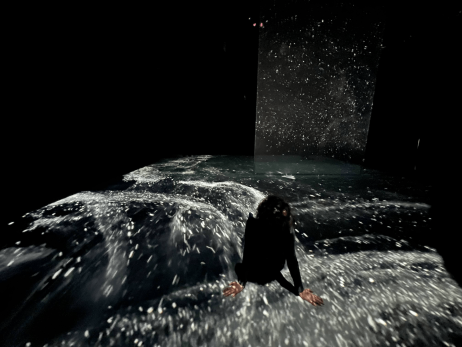
This drawing machine uses the properties of crystalline structures as the drawing unit, and the dynamic staggered arrangement of controlled crystalline structures to create a miniature landscape, attempting to strike a balance between the properties of natural materials and human control, and to explore the natural order hidden in the natural materials.
We invite all those interested in interdisciplinary research and the field of art to submit a project related to the objectives and lines of research of the Mobile Communications Research Group (MCG) of the Institute of Telecommunications and Multimedia Applications (iTEAM) UPV.


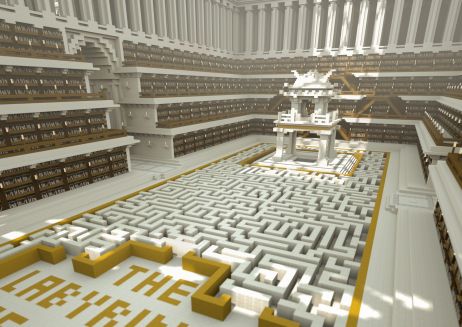


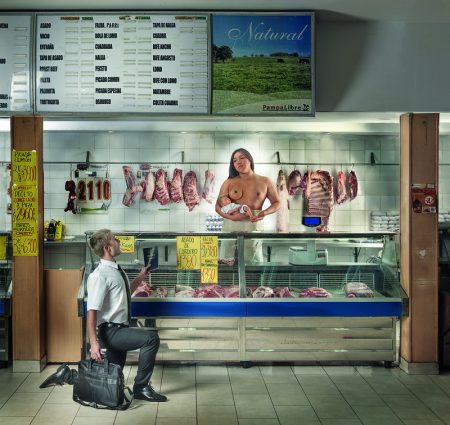
An artist, performer and LGBTQ+ rights activist, La Chola Poblete explores themes such as the branching of the Inquisition, the heritage of colonization and the permeating influence of global capitalism

